Where Duck Decoys Became High Art
See more than 1,200 of these bobbing bits of history at the upcoming world championship
In the late 1800s and early 1900s, duck was considered a delicacy, even more so than today. Many of the finest restaurants around the country featured it on the menu, having shipped it in from the southeast coast, packed in sea grass and seaweed into barrels. Suffice it to say, duck hunting was big business in these days. Hunters would sell waterfowl for $1 or $2 a bird, shooting 100 or more in a day, and making a full-time living off the demand for them.
Without wooden duck decoys for the birds to flock to, though, this wouldn’t have been possible. The decoys drew birds to the water, making it easier for the hunters to bag their catch. But it wasn’t just a single decoy that hunters would throw into the water. Every hunt would require about 300 to 500 of them—usually crude ones the hunters made themselves, which would have to be tossed in the water in the morning and removed at the end of the hunt.
“Flocks of duck were so great that hunters had to imitate a flock on the water,” Spencer Tinkham, a Virginia Beach-based championship decoy carver with more than 300 competition ribbons, told Smithsonian.com. “They weren’t trying to imitate [individual] ducks but rather the flock, because a flock is going to go to a flock, not a single duck. It’s like a concert. Do you want to go to a concert where there [are] two people or 200? They felt safer as a flock, like a school of fish.”
Hunters first learned to make duck decoys from local Native Americans, who made them out of reeds and colored them with ash and other items from the earth. As the appeal of duck hunting picked up—presidents and celebrities would often come down to the coastal duck hunt clubs of Virginia Beach to shoot their own, Tinkham says—the need for decoys increased, and carving them became a moneymaker in its own right. The wealthy would come stay at the clubs, buy decoys from the market hunters (those shooting hundreds of ducks a day to sell), and go out for a recreational day of duck hunting. According to Tinkham, the pastime was quite posh.
“People would have lunches brought out on silver platters and would wear tuxedos,” he said. “It was a great sport for the rich [who were] looking for something dangerous.”
But the hunt clubbers didn’t like the standard rough decoys used by the market hunters—so they had their own more artistic ones made, and had them shipped down for their hunting trips. These wood-carved decoys have continued to evolve into an art form celebrating America’s duck hunting history.
Though the design of decoys has transformed from rustic to artistic, the main tenets of construction have remained the same throughout the years. Each decoy is made from two pieces of wood (sometimes three, but it’s rare): one piece for the body and one for the head. The two pieces have historically been carved with whatever tools are on hand—be they hatchets and rasps or pocket knives and boat building tools. Earlier decoys were painted with whatever was on hand to create a loose interpretation of the desired bird type. They weren’t designed to be pretty; rather to simply attract ducks. According to Tinkham, a lot of the used material came from washed up shipwreck detritus. He still uses found materials to make his decoys, both wood and paint, which he makes from scratch.
“For me, it’s just as much a thrill to find the stuff as it is to make something out of it,” he said. “I don’t know what I’ll be making. It all revolves around what nature gives me. I don’t really duck hunt. This is my duck hunting.”
Each decoy also has its own anchor and weight attached.
“Think of decoys as a mini boat,” Tinkham said. “They’re built like boats. They have to float. They have to be aerodynamic to cut through the waves. They have an anchor and an anchor line, and on the bottom they have weights. The weights pull them down to a realistic level and stop them from sitting on the water upside down.”
The duck hunting industry itself nearly came to a close with the Migratory Bird Treaty Act’s passage in 1918, which prohibited people from shooting the birds to sell on the open market. And the art of carving wood decoys followed suit, dwindling after World War II with the introduction of plastic decoys—which were less work to maintain and didn’t need to be made by hand. Now, the wooden ones are collectibles, sometimes fetching hundreds of thousands of dollars.
Still, there are ways to experience duck decoy culture today. From April 28 to 30, decoy carvers will convene in Ocean City, Maryland, for the 47th Annual Ward World Championship Wildfowl Competition and Art Festival. Here, visitors can see more than 1,200 hand-carved decoys representing about 150 wildfowl species from across the world. In addition to checking out the decoys, master carvers will hold seminars and classes to share their craft, and there will be live bird demonstrations, a sunset cruise, an art market and auction, plus the chance to see decoys in action—some will be floating in the bay right by the boardwalk. The competition itself has 40 different divisions—this year has “decorative life-size and miniature wildfowl, floating waterfowl, interpretive, gunning decoys, contemporary antiques, sculpture, and feathers and fronds,” among others, the website says—and a prize bank of about $60,000. Judges look for realistic paint jobs and detailed carving techniques based on the competition style, whether it’s more functional or meant to be a fine art decoy. Tinkham won’t be participating this year, though he won an array of first through third places in 2008, 2009, 2010, 2012, and 2015.
Outside of the event, get your decoy fill at the Atlantic Wildfowl Heritage Museum in Virginia Beach. It’s housed in the only remaining original beachfront cottage on the boardwalk, built in 1895 by the first mayor of the town of Virginia Beach, Bernard P. Holland. Inside the museum, displays show the progression of duck decoys as an art form, plus there’s a mock duck hunt club, and an in-house carver working on a new decoy every day. Some of Tinkham’s work is on display, along with the work of other master carvers from the region—and you can even buy your own decoy from a case in front.
“It’s one of American’s oldest traditional arts that’s purely American,” Tinkham said about decoy carving and the displays at the museum. “There weren’t really decoys in other parts of the world at that time. It’s really true to America and really true to Virginia Beach.”
Planning Your Next Trip?
Explore great travel deals
Smithsonian magazine participates in affiliate link advertising programs. If you purchase an item through these links, we receive a commission.
/https://tf-cmsv2-smithsonianmag-media.s3.amazonaws.com/accounts/headshot/JenniferBillock.png)
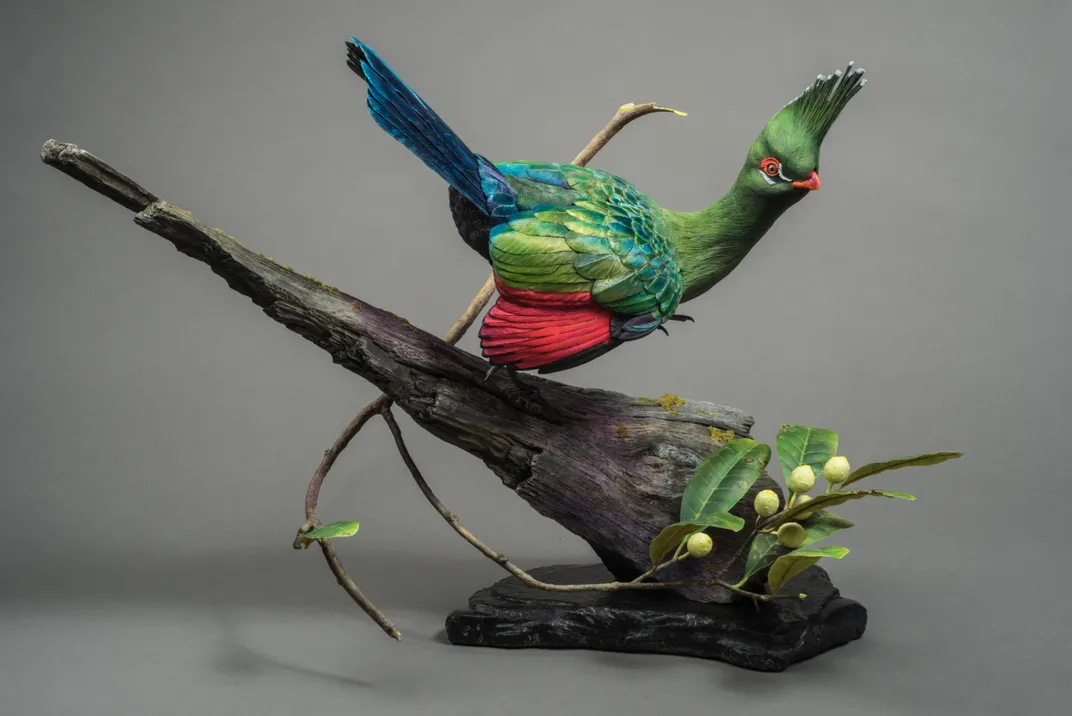
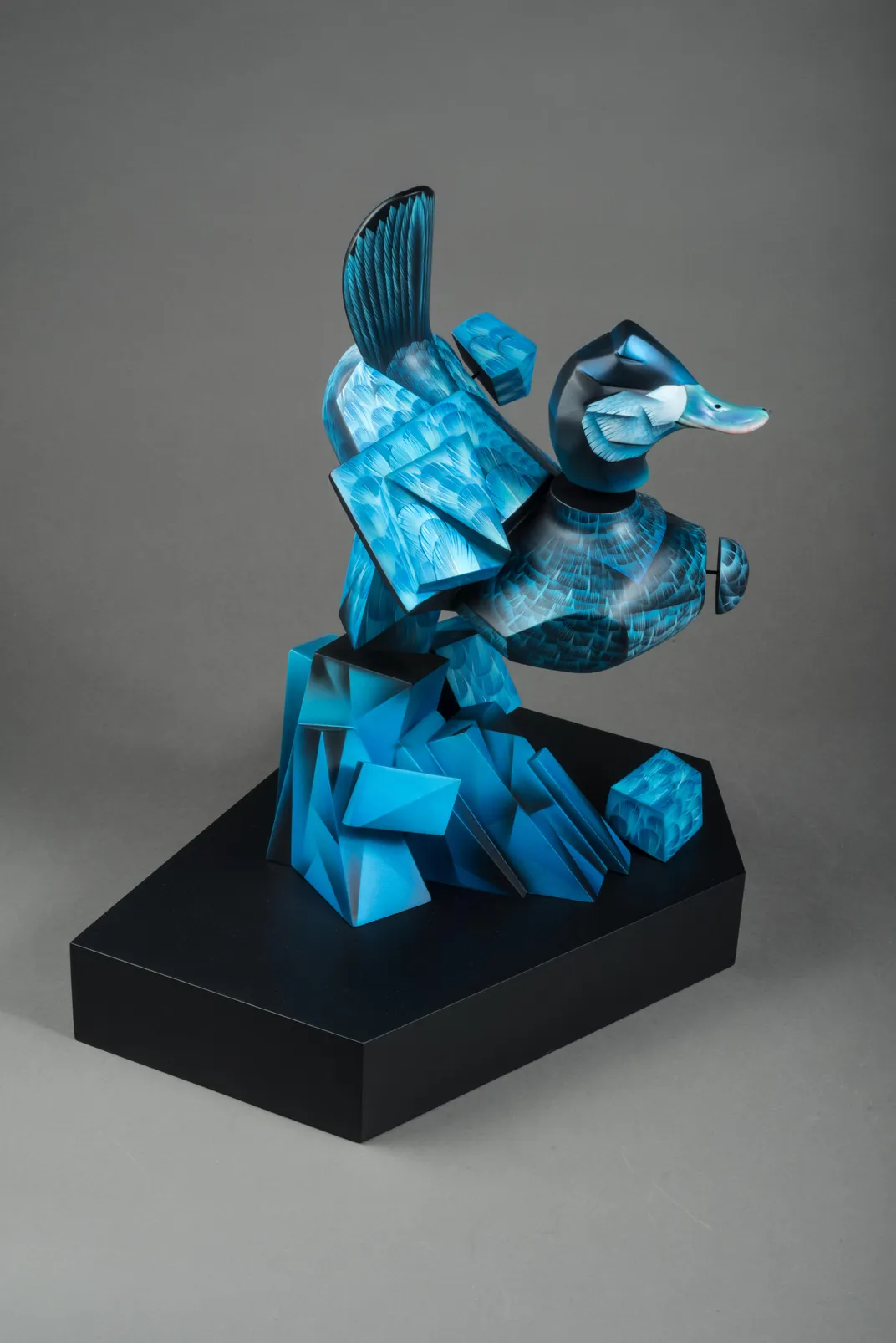
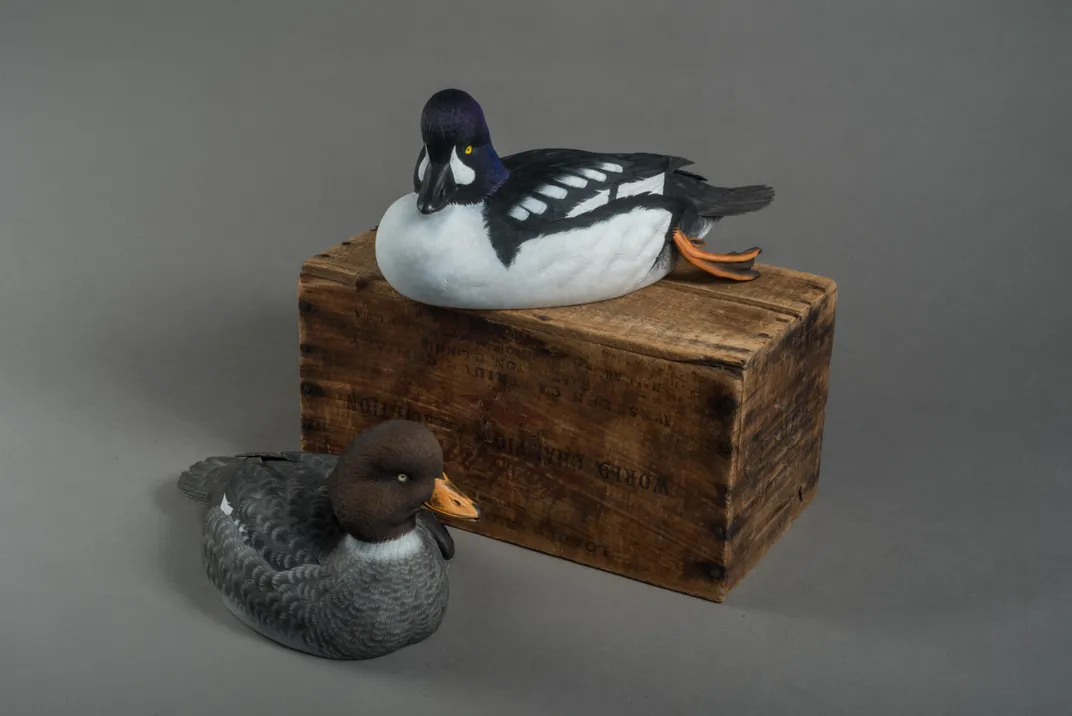
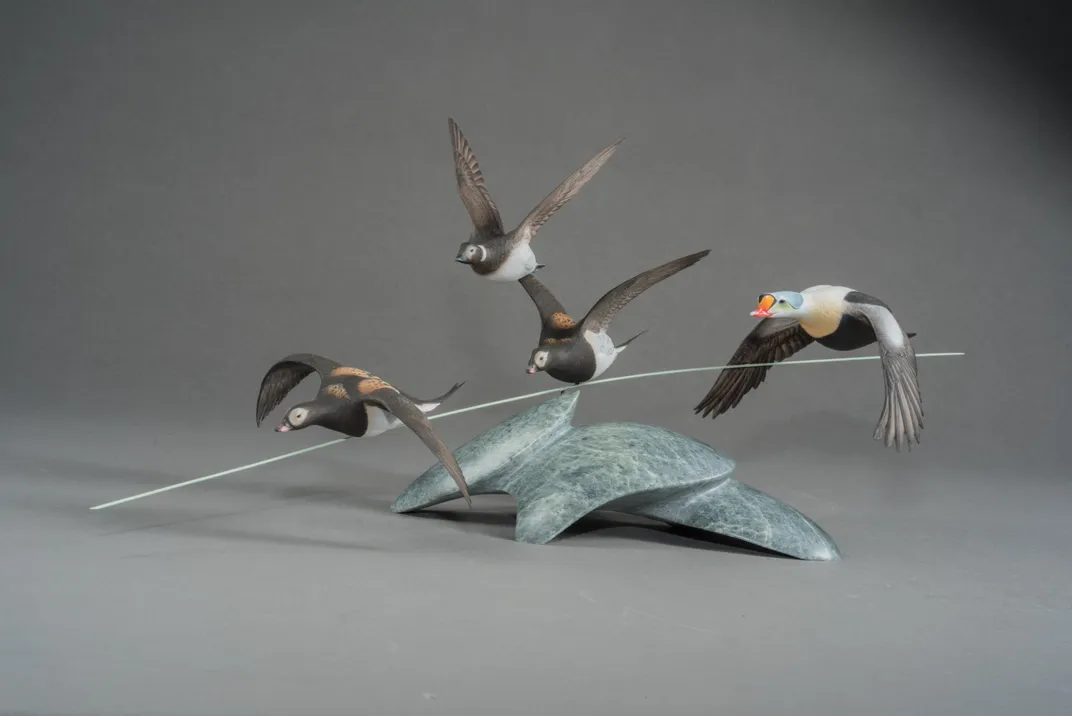
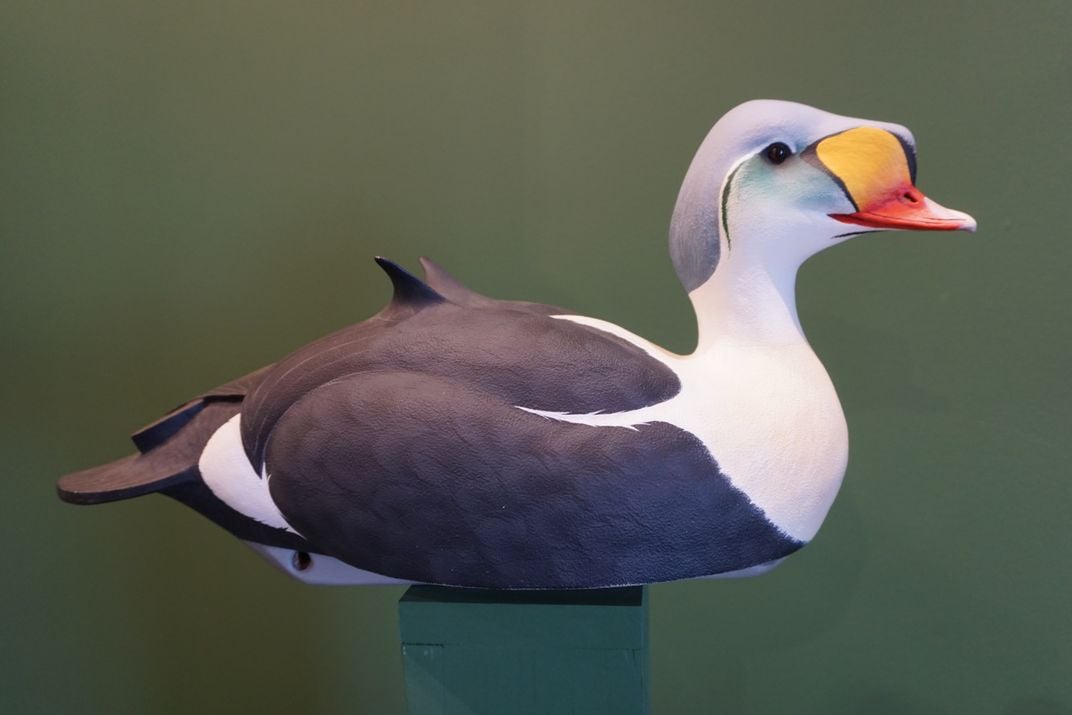
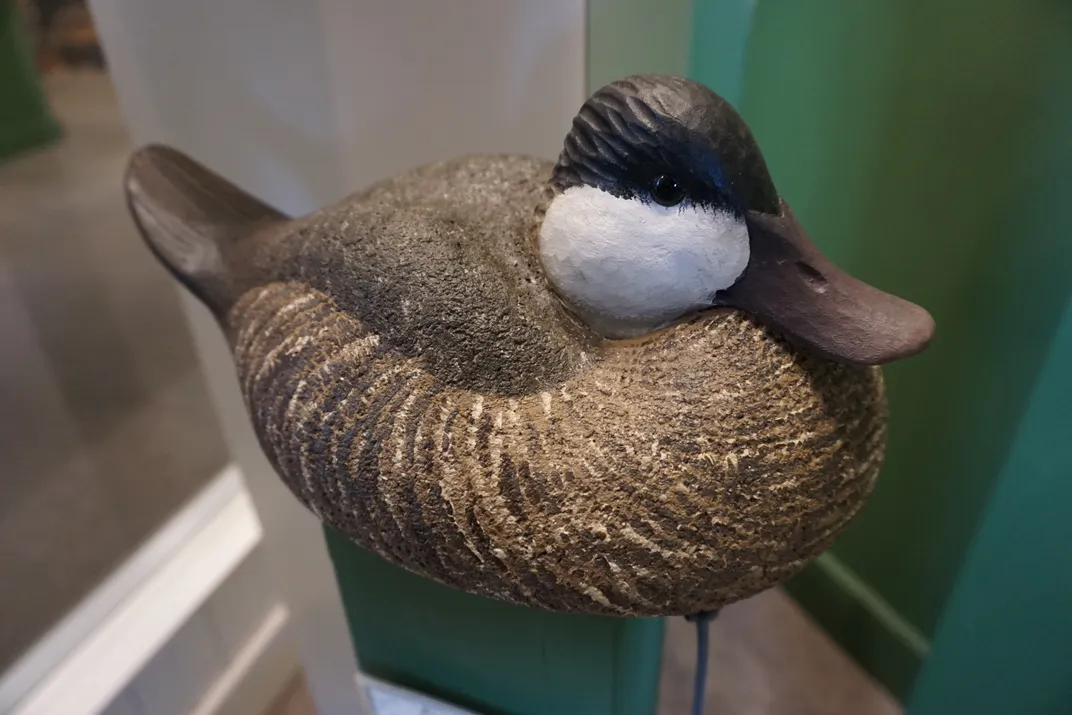
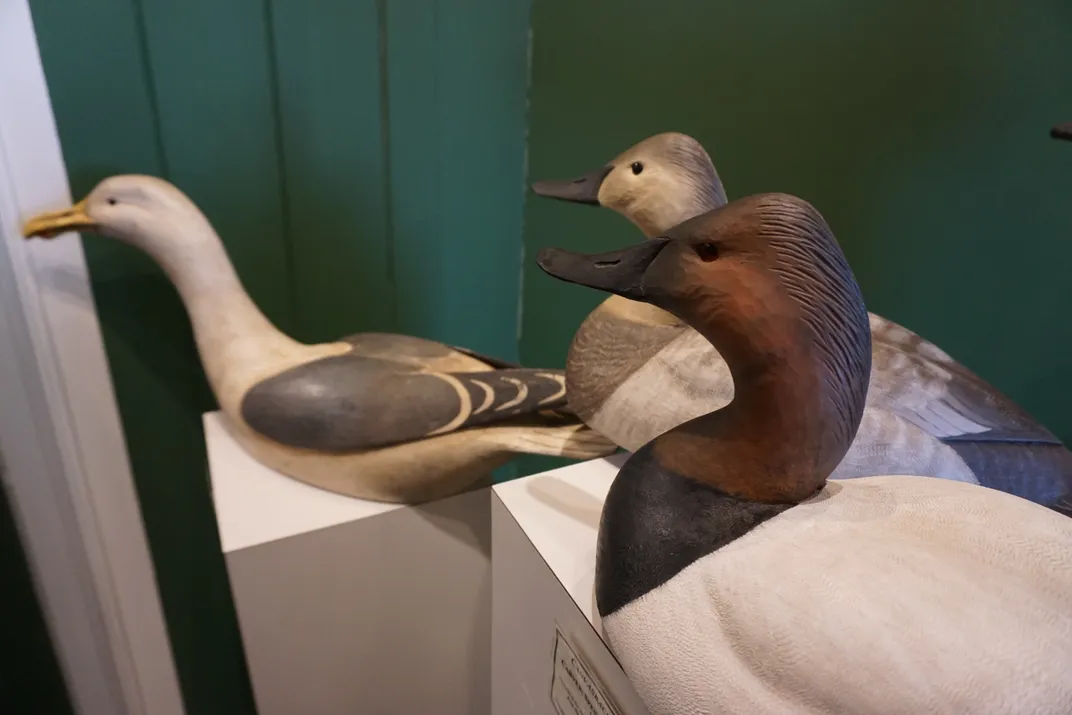
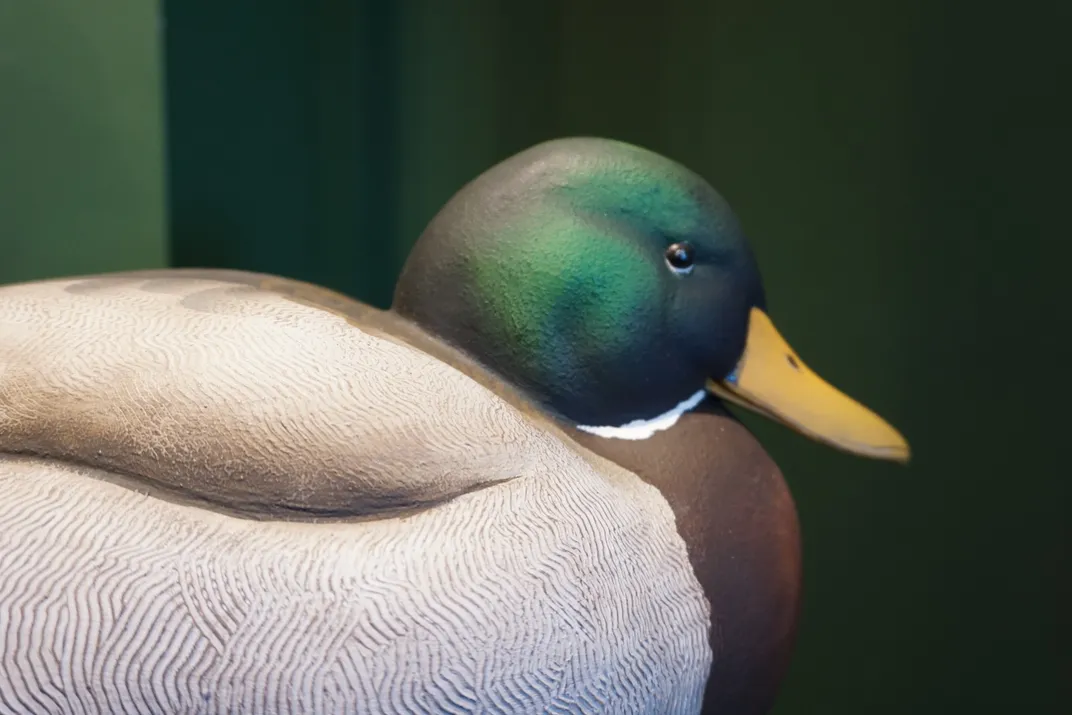
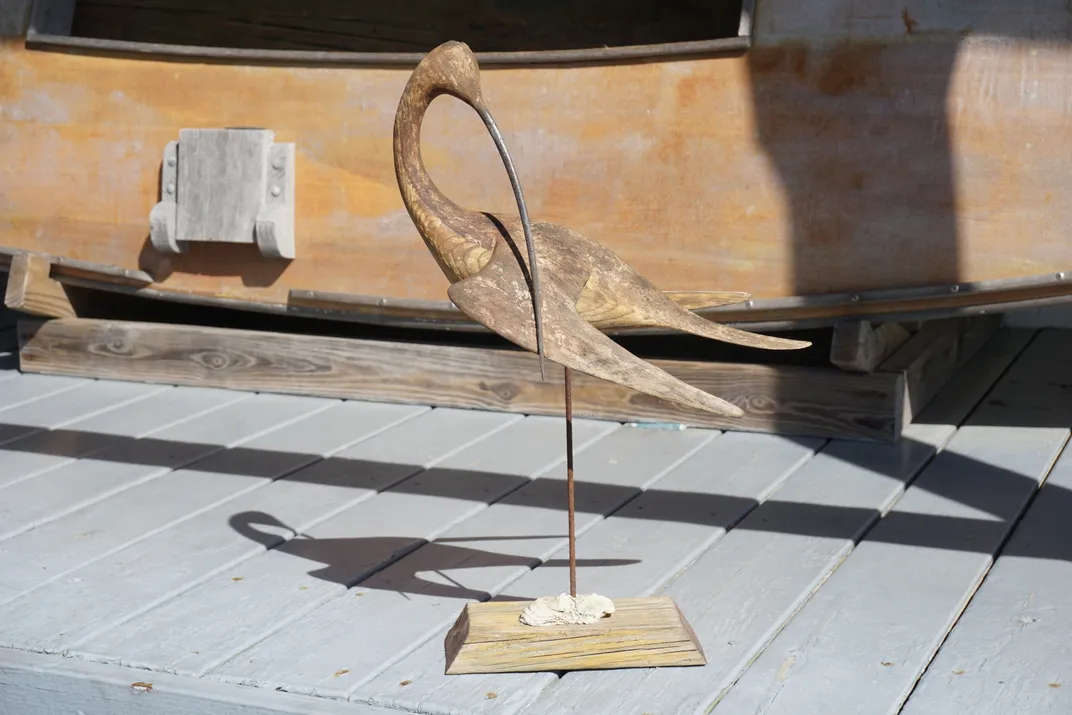
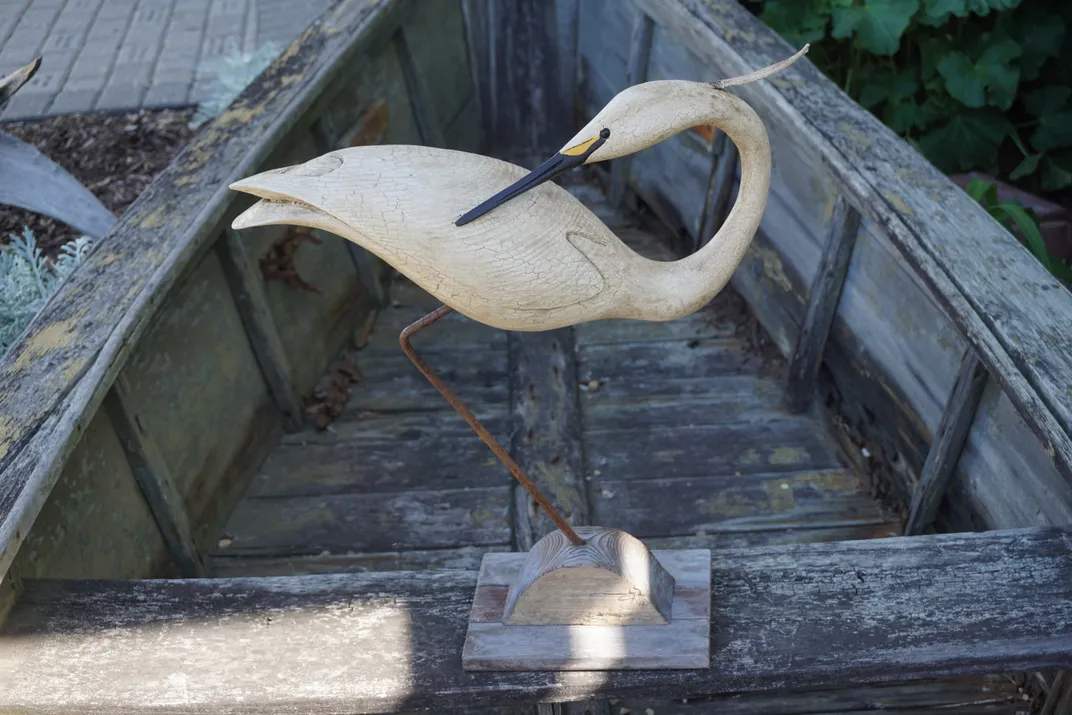
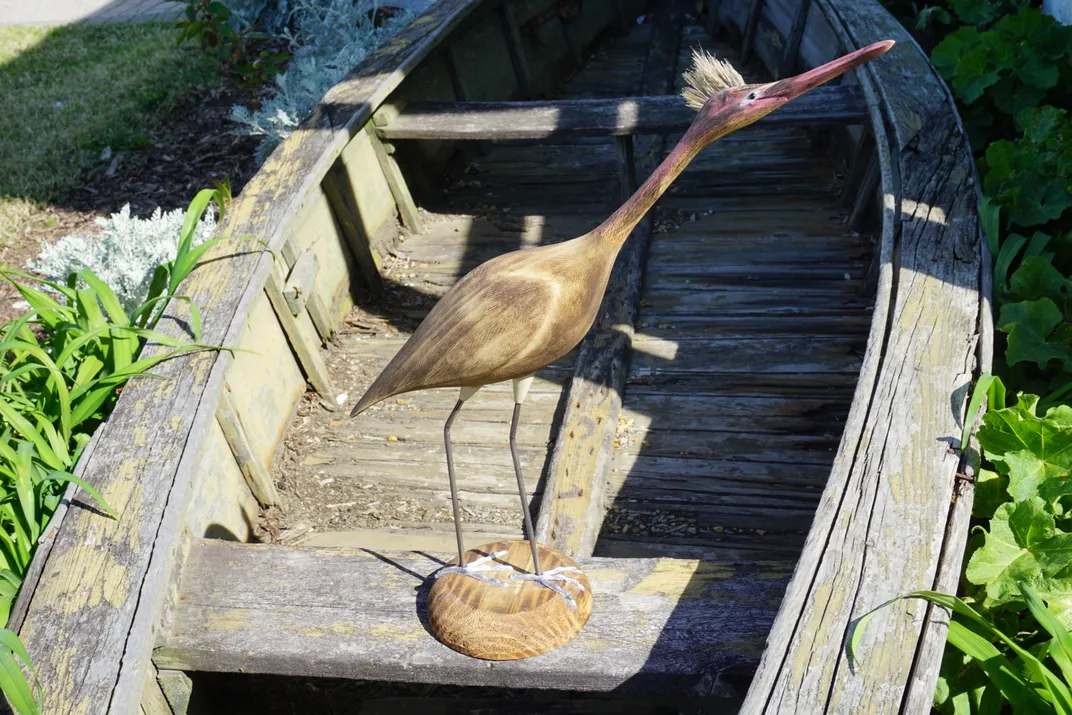
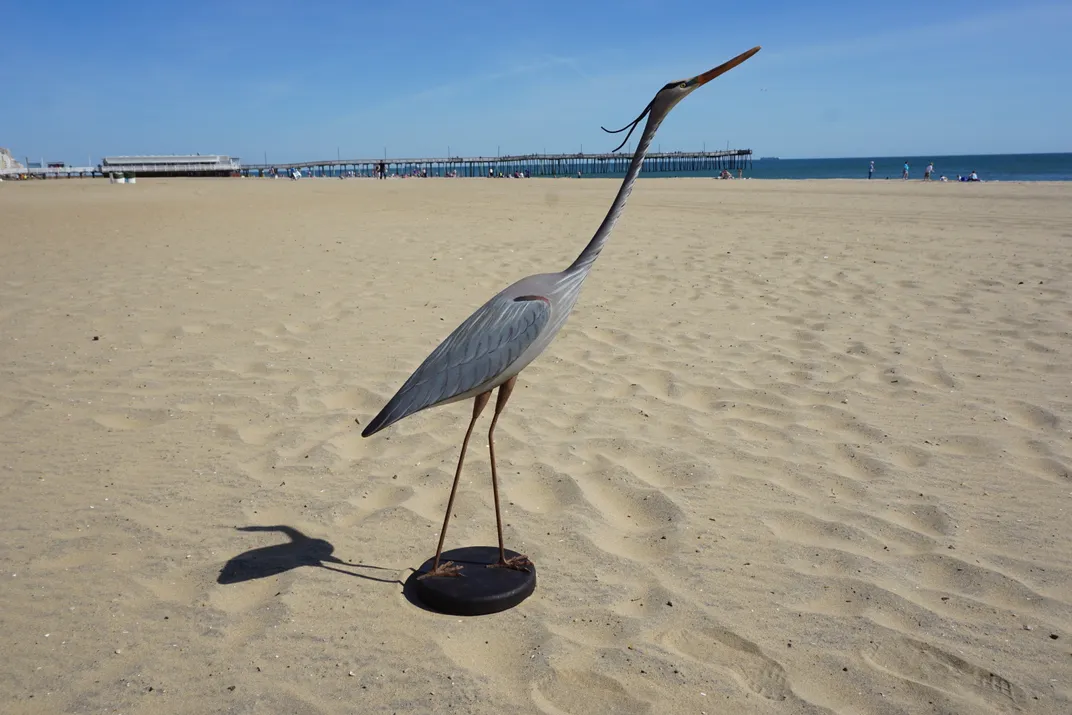
/https://tf-cmsv2-smithsonianmag-media.s3.amazonaws.com/accounts/headshot/JenniferBillock.png)